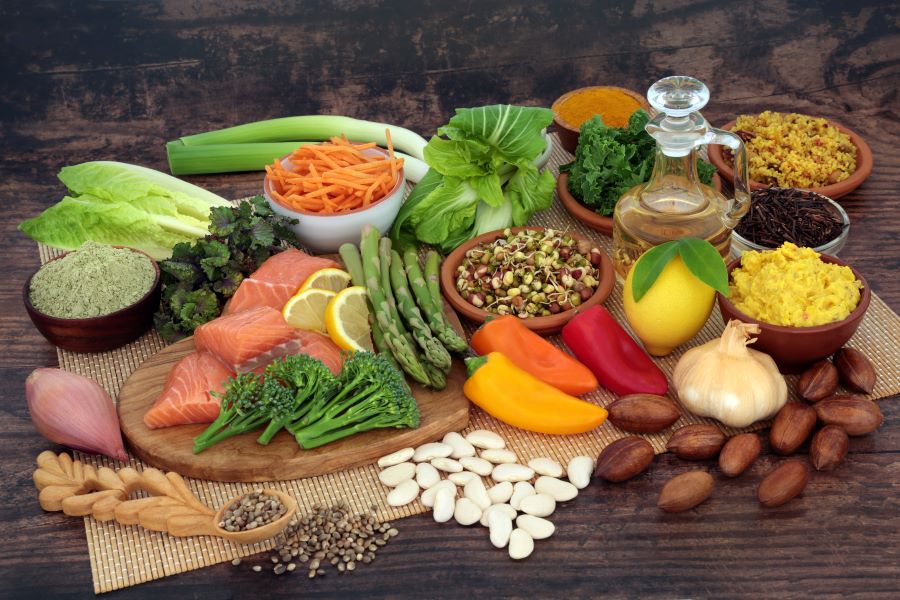Foods That Lower Cholesterol: A Complete Diet Guide for Heart Health
Looking to manage your cholesterol naturally? Discover which foods can help lower bad cholesterol—like oats, nuts, and fatty fish—and which ones to avoid, including processed meats and trans fats. A few smart changes to your plate can make a big difference.

Foods That Actively Lower Bad Cholesterol
Certain foods have been scientifically proven to help reduce LDL cholesterol levels. Oats and other whole grains contain beta-glucan, a soluble fiber that helps remove cholesterol from your bloodstream. Fatty fish like salmon, mackerel, and sardines provide omega-3 fatty acids that can lower triglycerides and boost heart health. Nuts, particularly almonds and walnuts, contain healthy fats and fiber that can help reduce cholesterol absorption.
Heart-Healthy Foods to Include Daily
A cholesterol-friendly diet should include plenty of fruits and vegetables, which are rich in fiber and antioxidants. Specifically, incorporate foods like avocados, olive oil, and legumes, which contain monounsaturated fats and soluble fiber. Plant sterols and stanols, found naturally in vegetable oils and fortified foods, can block cholesterol absorption. Aim for at least five servings of fruits and vegetables daily.
Foods to Limit or Avoid
To effectively manage cholesterol levels, certain foods should be limited or eliminated from your diet. Trans fats, found in some processed foods, can raise LDL cholesterol while lowering beneficial HDL cholesterol. Saturated fats from red meat, full-fat dairy products, and coconut oil should be consumed in moderation. Processed foods high in refined carbohydrates and added sugars can also negatively impact cholesterol levels.
Creating a Balanced Cholesterol-Lowering Meal Plan
To implement these dietary changes effectively, structure your meals around plant-based proteins, whole grains, and plenty of vegetables. Start your day with oatmeal topped with berries and nuts. For lunch, consider a grain bowl with quinoa, legumes, and vegetables. Dinner might include fatty fish with roasted vegetables and a side of brown rice.
Lifestyle Factors That Support Healthy Cholesterol
While diet plays a crucial role, other lifestyle factors can enhance its effectiveness. Regular physical activity, particularly aerobic exercise, can help raise HDL cholesterol levels. Maintaining a healthy weight, limiting alcohol consumption, and avoiding tobacco use all contribute to better cholesterol management.
Recommended Cholesterol-Lowering Foods and Their Benefits
| Food Category | Examples | Key Benefits |
|---|---|---|
| Whole Grains | Oats, barley, quinoa | High in soluble fiber, reduces cholesterol absorption |
| Fatty Fish | Salmon, mackerel, sardines | Rich in omega-3s, reduces inflammation |
| Nuts & Seeds | Almonds, walnuts, flaxseeds | Healthy fats, fiber, plant sterols |
| Legumes | Beans, lentils, chickpeas | High in fiber, protein, minerals |
| Fruits | Apples, citrus, berries | Pectin and other fibers, antioxidants |
Making dietary changes to lower cholesterol doesn’t mean sacrificing taste or satisfaction. By incorporating these heart-healthy foods into your daily routine while limiting less beneficial options, you can work toward better cholesterol levels naturally. Remember that consistency is key, and small changes can lead to significant improvements over time.
This article is for informational purposes only and should not be considered medical advice. Please consult a qualified healthcare professional for personalized guidance and treatment.




